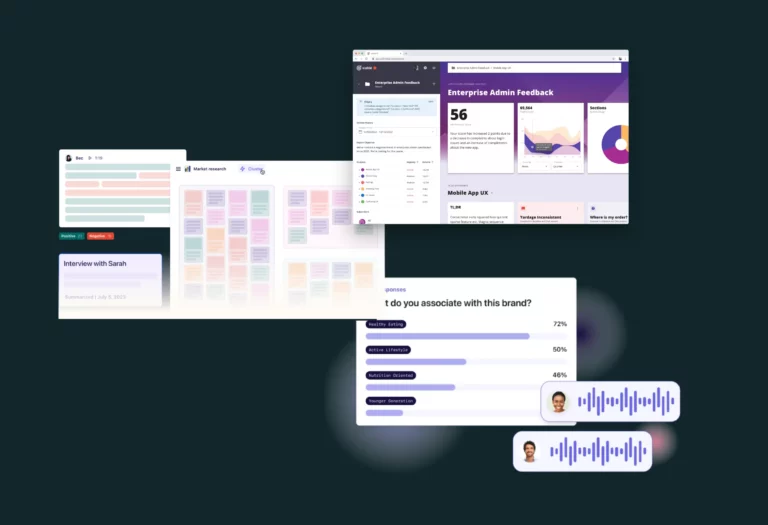As an innovation strategist, I work with innovation professionals across a wide range of industries. From CEOs and global innovation managers to venture teams, my clients’ goals and job titles vary. But there is one thing they all have in common – they use the 3 horizons model (aka. the horizon model). And with good reason – it’s a very handy framework. That is, if you’re using it in the right way. And not everybody does.
Each innovator I speak to seems to have a different definition for the horizon model, and they use it for wildly different purposes.
It certainly doesn’t help that every resource you find seems to explain the horizon model in a new, overly complicated, jargon-heavy way, which is why people often feel confused when they go to put the horizon model into practice. Does it help you determine the type of innovation you’re undertaking? Does it help you manage expectations? Will it enable you to predict when you can expect to see results from an innovation activity? Does it help you balance your portfolio?
We need to clear up this confusion because if you’re misusing the horizon model, you’re probably mismanaging your company’s growth strategy. So, allow me to break it down in simple terms.
What is the 3 horizons model?
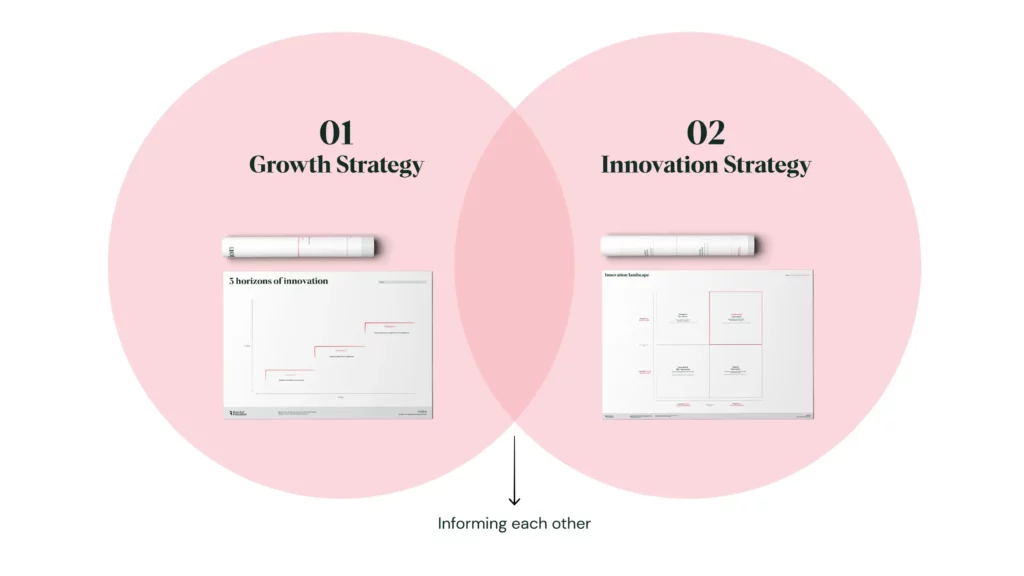
The 3 horizons model is a growth strategy framework by McKinsey that you can use to think about the future of your company. It can help you manage growth in a coordinated way.
People often get it confused with an innovation strategy framework, but that’s incorrect. The 3 horizons model should only be used to set or challenge a growth strategy, which will help inform an innovation strategy. The innovation strategy, in turn, can help shape or challenge the growth strategy.
How should you use the 3 horizons model?
The horizon model’s key benefit is that it provides a common language with which to understand and talk about the different kinds of growth.
Anybody who’s ever worked at a large organization knows that each team (or board) member has a different vision for the company’s future.
The horizon model helps you manage the varying visions and guide conversations by showing your team the grand innovation plan and the goals for that plan over time – including when they can expect to see return on investment, results, or profit.
Therefore, the horizon model is great for portfolio management and growth strategy because you can use it to visualize your plans for the company’s future and convey them in a simple way.
What does the 3 horizons model measure?
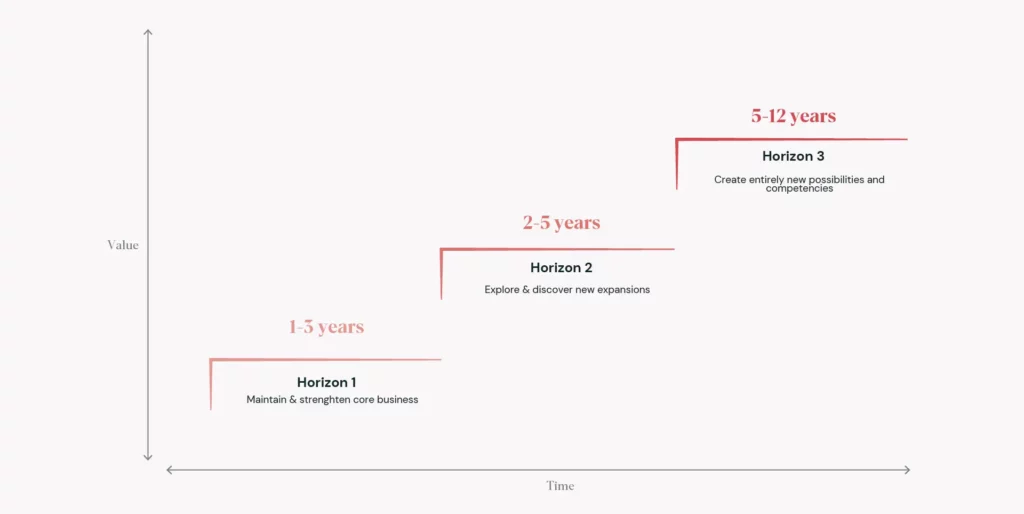
Looking at it, you’ll notice that the model has an axis of TIME and an axis of VALUE (sometimes labelled profit). The 3 horizons are simply 3 S-curves that occur one after the other, representing each innovation project.
How long each horizon lasts will vary depending on whether you’re in a slow- or fast-moving industry, but this version will still give you an indication.
Unlock the power of AI in a unique sprint format. Leverage the latest AI tools to generate new ideas, get real-time feedback, and curate new concepts to move forward with.
What doesn’t it do?
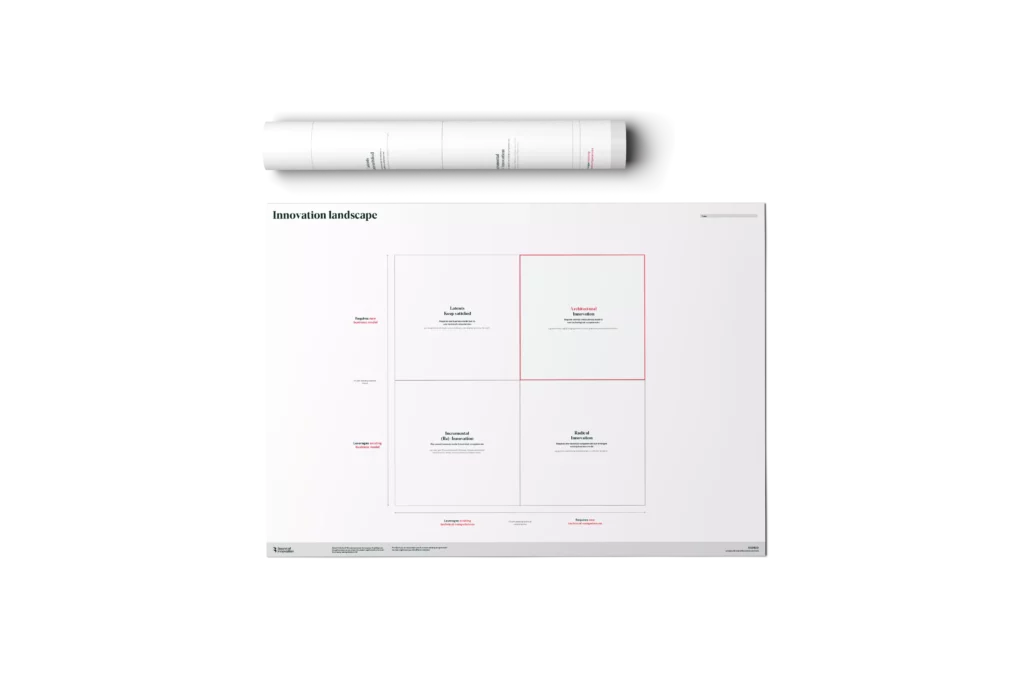
One important thing to note about the horizon model is that it doesn’t look at the type of innovation you’re doing. In fact, it has nothing to do with that. So if you’re mentioning ‘newness’ or ‘the market’ – including product diversification, market development, or market penetration – that means you’re actually talking about the ambition matrix by Bansi Nagji and Geoff Tuff. We use our innovation landscape tool, adapted from Gary P. Pisano, to help determine the types of innovation to pursue after using the horizon model.
The marrying of the ambition matrix (which maps innovation types and markets to play in) and the horizon model (which highlights time-based future growth opportunities) created further confusion as the tools are doing 2 separate strategic tasks.
This was caused by drastic changes in the speed and the nature of technological capabilities in the 21st century. Radical, disruptive, or architectural innovations could suddenly make it to market in a matter of months rather than years. Combining the 2 models was a way to ‘fix’ this contradiction but it meant sacrificing the horizon model’s original intent and usefulness.
What are horizon 1 innovations?
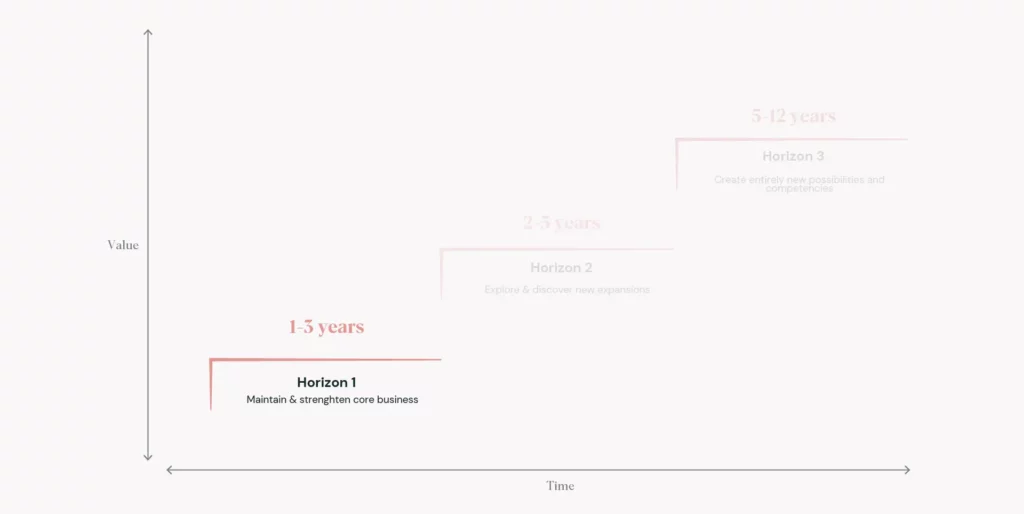
Horizon 1 innovations are generally short-term projects that generate results in 1-3 years. Of course, the timing varies. For instance, a tech, direct-to-consumer business might move faster and see results from their horizon 1 innovations within 6 months. But generally, you’ll be able to see results within 1-3 years.
Horizon 1 innovations are easier to justify when it comes time for your team’s yearly review. That’s because tangible results will be within sight. Often, projects that fall under the horizon 1 umbrella are those that optimize what the organization already has. Think incremental, small optimizations of your existing product by expanding your user base step by step or improving internal processes.
What are horizon 2 innovations?
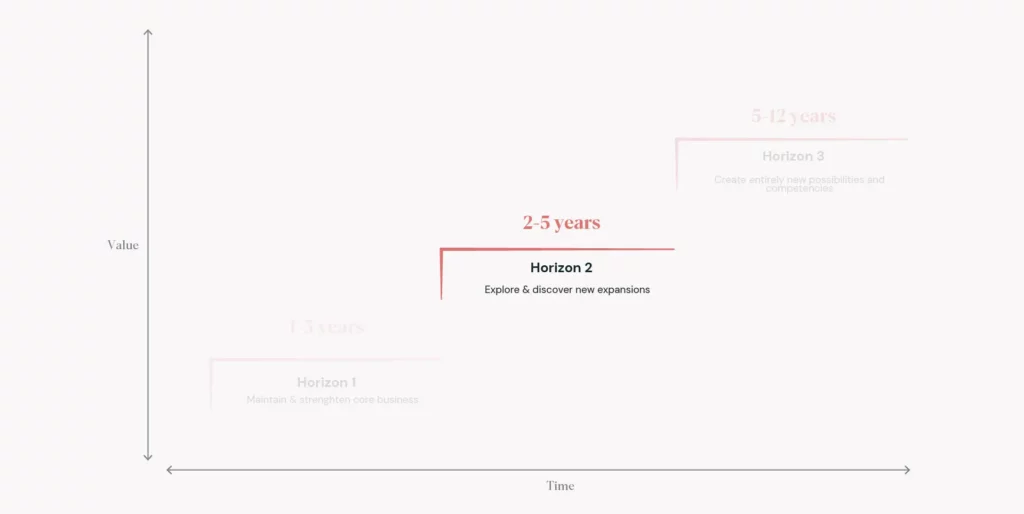
From conception to completion, you could expect to see results from a horizon 2 project in 2-5 years.
Horizon 2 innovations take a bit longer because they’re typically (but not always) those that have been copied from adjacent markets and applied to a new context (which means they still go over well at quarterly reviews). These innovations might involve adapting technology, processes, or revenue stream structures that already function well in other industries to your own.
What are horizon 3 innovations?
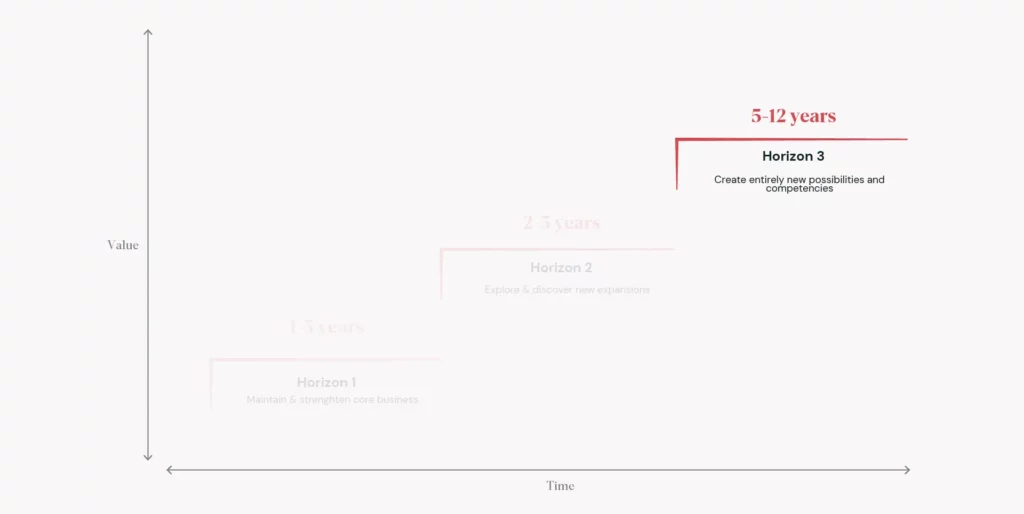
Last but not least, let’s talk about the big one: horizon 3.
Horizon 3 ventures are long-term innovation projects that generally produce results in 5-12 years. They’re typically associated with non-incremental innovations (disruptive, radical, or architectural innovations, for instance). But in reality, we all know incremental changes in certain heavy B2B industries might only hit the market many years later, and thus show results in 5-12 years (think of the compound effect theory of continuous incremental innovation). What’s more, incremental innovations can be disruptive.
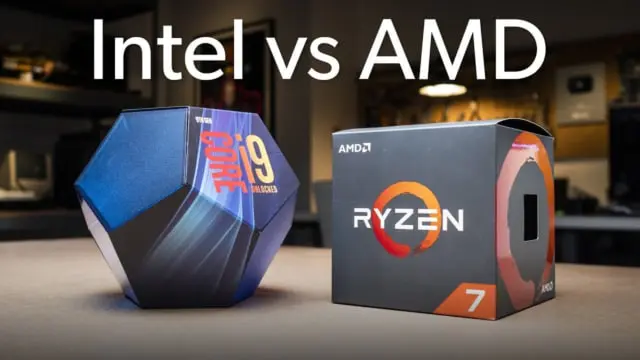
A great example of a horizon 3 incremental innovation that managed to achieve market disruption is AMD. The organization took a huge chunk of the central processing unit (CPU) consumer market from Intel in 2019. AMD’s Ryzen processors debuted a few years ago as cheaper challengers and have since overtaken Intel in product performance. AMD products are now similarly priced, and yet sales are increasing. At time of writing, AMD had achieved a more-than 80% market share.
Lastly, it’s important to note that you can, in fact, pursue radical, disruptive, or architectural innovation in a horizon 1 or 2 timeframe.
How can the 3 horizons model benefit you?
To use the horizon model to your advantage, you’ll need to think about in which horizon each project within your growth strategy fits. How long will it take to see results? When can you expect to generate profit? What is your expected ROI (return on innovation)?
When you’ve mapped everything out, share your predictions and reasoning with your team. Use the horizon model to help the team align, make everyone feel involved, and get key stakeholders on the same page. But first, make sure they have a clear understanding of the goal and relevant use of this framework.
If people understand the horizon model and can see why long-term innovation takes time, they’ll be more likely to understand why those projects are worth the investment (and risk). Internal education regarding such frameworks is an important step you can take towards enabling your team to adopt an innovation mindset.
Key takeaway
The key takeaway here is that you should use both the horizon model and the innovation landscape model separately and at its relevant strategy stage. Don’t confuse them. Employ the horizon model first, then use the innovation landscape model to see what kinds of innovation you want to pursue given the horizons you’re aiming for.
For help instilling an innovation culture within your organization or demonstrating the value of your innovation activities (and eliminating programs that will achieve nothing), you can always reach out to us.

